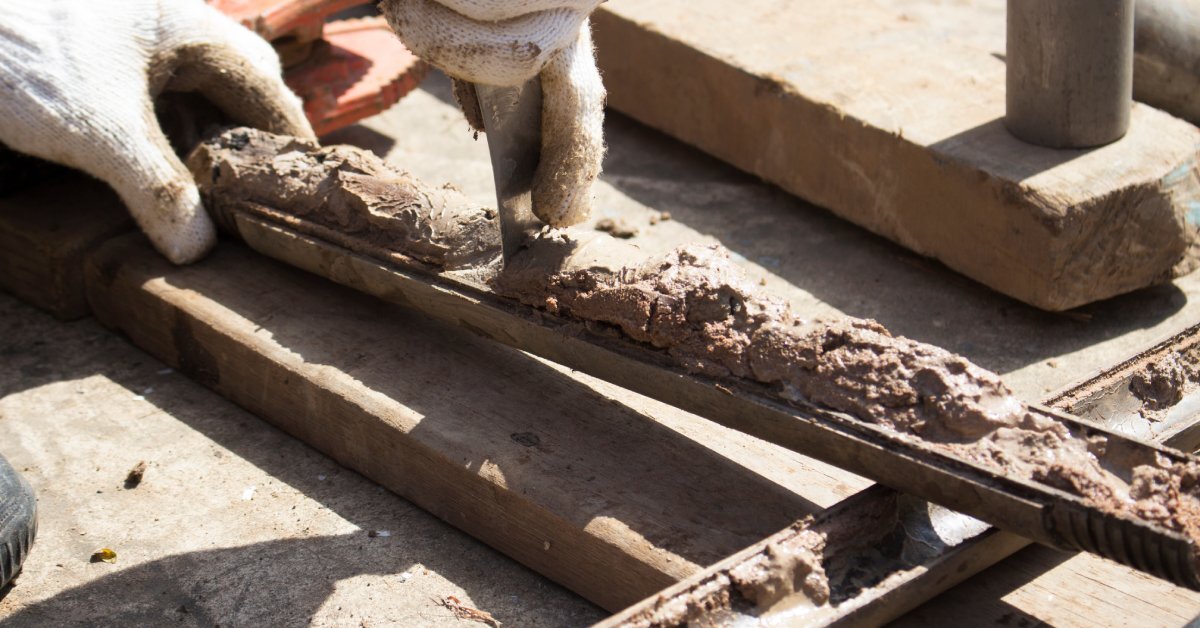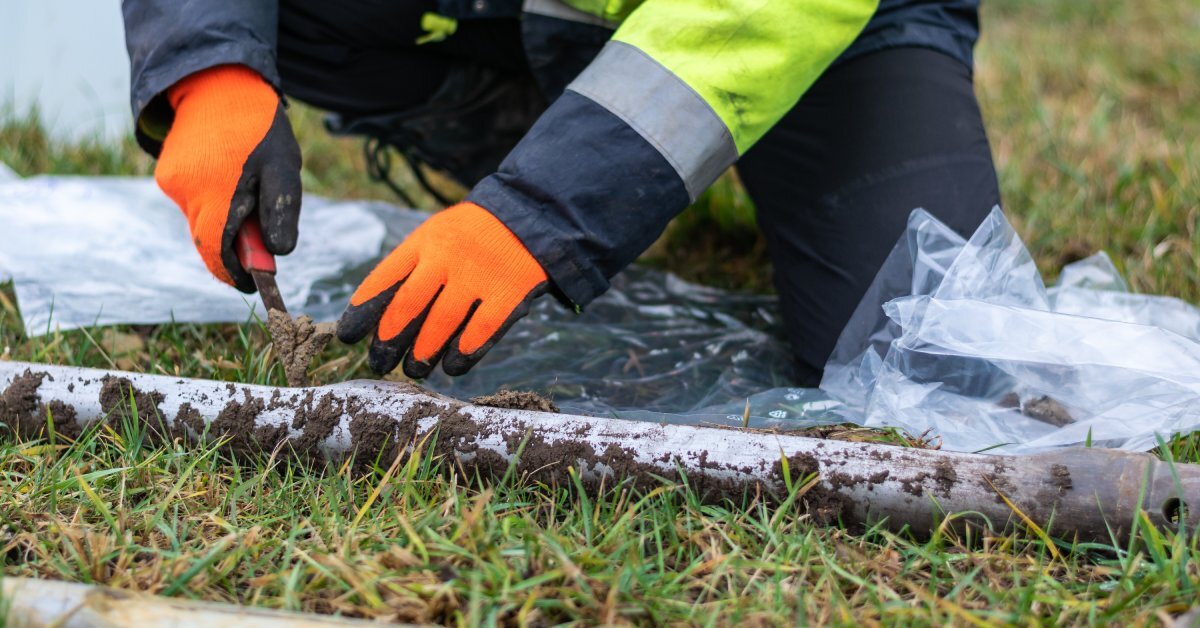Essential Geotechnical Tests for Soil Stability
Geotechnical testing is a critical component in ensuring the safety and stability of construction projects. Whether for skyscrapers, highways, or other infrastructures, understanding soil conditions is vital for achieving long-term success. The essential geotechnical tests for soil stability assess the suitability of the ground, guiding key construction decisions. By examining both field and laboratory tests, you’ll gain a deeper understanding of how these evaluations ensure the durability and safety of various projects.
What Is Geotechnical Testing, and Why Is It Important?
Geotechnical testing involves assessing the physical and mechanical properties of soil to evaluate its suitability for construction. Since soil conditions vary from site to site, these tests are essential for mitigating risks, such as structural failure, settlement issues, and drainage complications. Additionally, geotechnical testing helps construction teams select the most appropriate foundation type for a given site.
This process is also cost-effective, aiding in budget forecasting and preventing unexpected financial burdens. After conducting tests, architects and engineers can design structures that align with the natural environment, especially in terms of drainage and water flow management. Engineers rely on this data to make informed decisions, ultimately enhancing construction outcomes.
Field Testing
Field testing is conducted on-site to gather immediate data on soil characteristics under real-world conditions. This allows engineers to make timely decisions and identify potential challenges early on. One commonly used field test is the Standard Penetration Test (SPT), which assesses soil strength and density.
Standard Penetration Test
During the SPT, a split-spoon sampler is driven into the ground using an SPT hammer, and the number of hammer blows required to reach a specific depth is recorded. The “N-value” is vital for determining the soil’s load-bearing capacity, which supports foundation decisions. The SPT is widely applicable to both residential and commercial construction, helping to identify suitable soil for various types of buildings.
Laboratory Testing

While field tests provide valuable real-time data, laboratory tests offer more precise measurements under controlled conditions. One such test is the Atterberg Limits Test, which determines the water content at which soil transitions between solid, plastic, and liquid states. This test is essential for classifying soil and predicting its behavior when exposed to moisture, which is particularly important in drainage and waterproofing applications.
Laboratory tests allow engineers to gain a deeper understanding of soil properties and make more accurate predictions about its long-term behavior. This knowledge is critical when designing drainage systems or waterproof barriers, as it informs the selection of appropriate materials and techniques to ensure the structure’s functionality and integrity over time.
Triaxial Compression Test
The triaxial compression test measures a soil sample’s strength and deformation under varying pressure. The test involves subjecting the sample to different lateral and vertical pressures within a chamber. This helps to determine how well the soil can withstand load-bearing stresses, making it particularly useful for designing major structures, such as dams, tunnels, and high-rise buildings. Understanding soil behavior under pressure ensures long-term stability for foundations.
Proctor Compaction Test
The Proctor compaction test identifies the optimal moisture content and maximum dry density of soil by compacting soil samples at different moisture levels. The results help engineers determine the ideal conditions for achieving the highest soil density, which is ideal for road construction and embankments. Proper compaction prevents future issues, like settling, cracking, or shifting, which could compromise the integrity of a project.
California Bearing Ratio (CBR)Test
The CBR test evaluates the bearing capacity of subgrade soil, which is crucial for road and pavement design. A piston applies pressure to a soil sample, simulating the load from traffic or structures. This test helps to determine the appropriate thickness for pavement layers, ensuring roads and highways can support heavy traffic without cracking or sinking. It strikes a balance between material costs and structural integrity, ensuring a safe and cost-effective pavement solution.
Permeability Test
The permeability test evaluates how easily water flows through soil, providing essential data for designing drainage systems, retaining walls, and septic systems. This is particularly important in areas susceptible to flooding, heavy rainfall, or water damage. Soils with low permeability may require additional drainage systems to prevent water accumulation and ensure long-term stability.
For instance, poorly drained sites can lead to foundations shifts or structural weakening over time. The permeability test helps engineers design systems that minimize water damage and support soil stability. Understanding water movement through soil is vital for projects involving moisture control, such as roads, underground structures, and agricultural applications.
Direct Shear Test

The direct shear test measures soil shear strength under applied stress. A soil sample is placed in a box divided into two parts, and stress is applied until the soil shears along a predefined plane. This test is crucial for understanding how soil will behave under lateral forces, especially for the stability of slopes and retaining walls.
This test is particularly important when designing foundations in areas prone to shifting or landslides. Analyzing the soil’s shear strength helps engineers ensure their foundations can withstand forces from the surrounding environment, especially in hilly or unstable regions.
The Importance of Geotechnical Testing Equipment
The success of geotechnical testing depends on the use of reliable equipment. Civil engineers, construction professionals, and researchers depend on high-quality geotechnical sampling equipment. From basic samplers to complex equipment like triaxial pressure chambers, advanced tools are essential for providing dependable results.
Using substandard equipment increases the risk of errors in foundation design, which can lead to costly setbacks or unsafe structures. By investing in advanced geotechnical testing equipment, professionals can enhance the reliability of their data and meet the construction industry’s safety and durability standards.
Key Takeaways on Soil Stability
Geotechnical tests are essential parts of modern construction, providing the necessary data to establish stable, durable foundations. By identifying potential soil challenges, geotechnical tests for soil stability allow engineers to design safe, efficient structures while mitigating risks. Soil testing is vital for the long-term performance and stability of new buildings and infrastructure.
We understand the importance of dependable geotechnical testing equipment. With over 80 years of experience, we are a trusted provider to the agricultural, geotechnical, and environmental industries. Our products are designed for versatility and mobility while meeting the highest standards. We are committed to delivering exceptional service and innovative solutions to meet all your geotechnical testing needs.
Recent Posts
-
Essential Geotechnical Tests for Soil Stability
Geotechnical testing is a critical component in ensuring the safety and stability of construction pr …April 17, 2025 -
Comparing Soil Sampling in Diverse Ecosystems
Soil is an essential component of Earth’s ecosystem, influencing agriculture, water quality, f …April 17, 2025 -
Key Soil Health Indicators Revealed by Sampling
Soil health is a critical pillar of sustainable agriculture and ecosystem stability. A thorough unde …March 31, 2025




